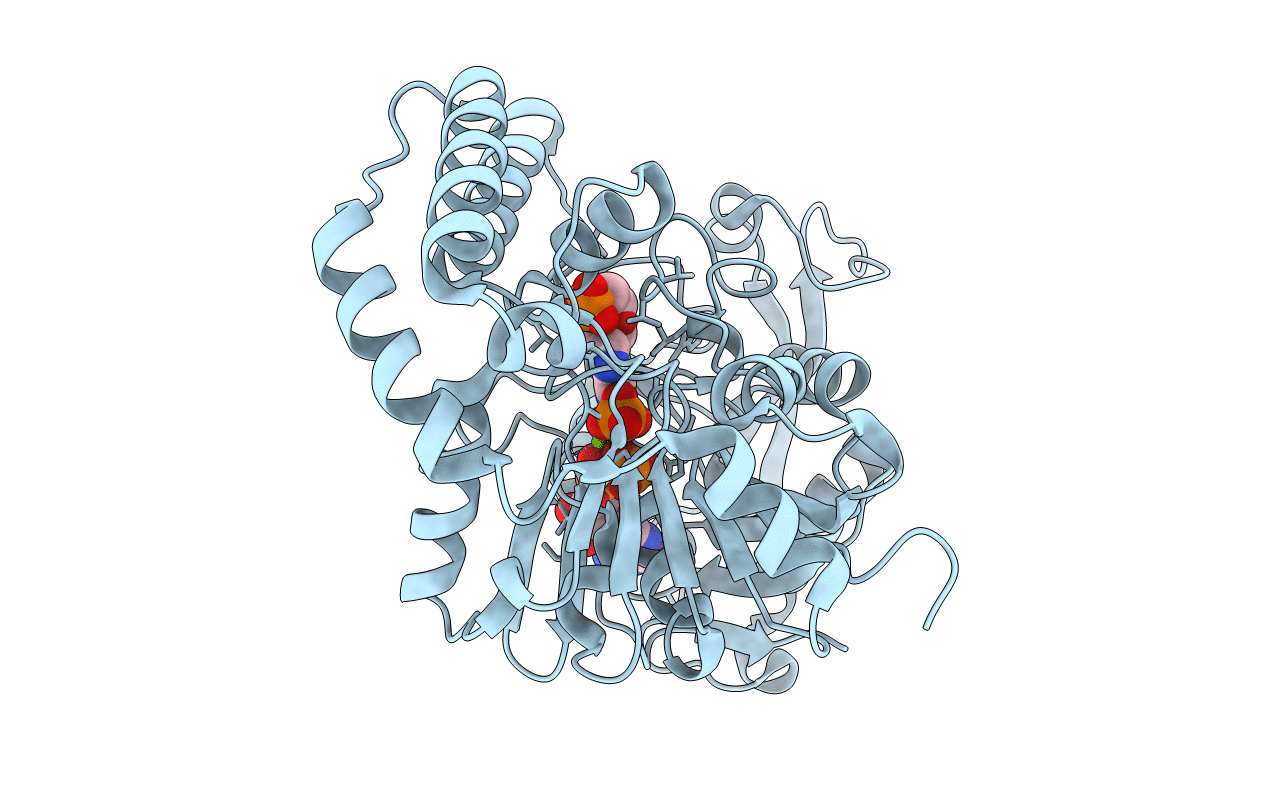
Deposition Date
2006-03-15
Release Date
2006-09-15
Last Version Date
2024-03-13
Entry Detail
PDB ID:
2DGN
Keywords:
Title:
Mouse Muscle Adenylosuccinate Synthetase partially ligated complex with GTP, 2'-deoxy-IMP
Biological Source:
Source Organism:
Mus musculus (Taxon ID: 10090)
Host Organism:
Method Details:
Experimental Method:
Resolution:
2.40 Å
R-Value Free:
0.26
R-Value Work:
0.19
Space Group:
P 43 21 2


